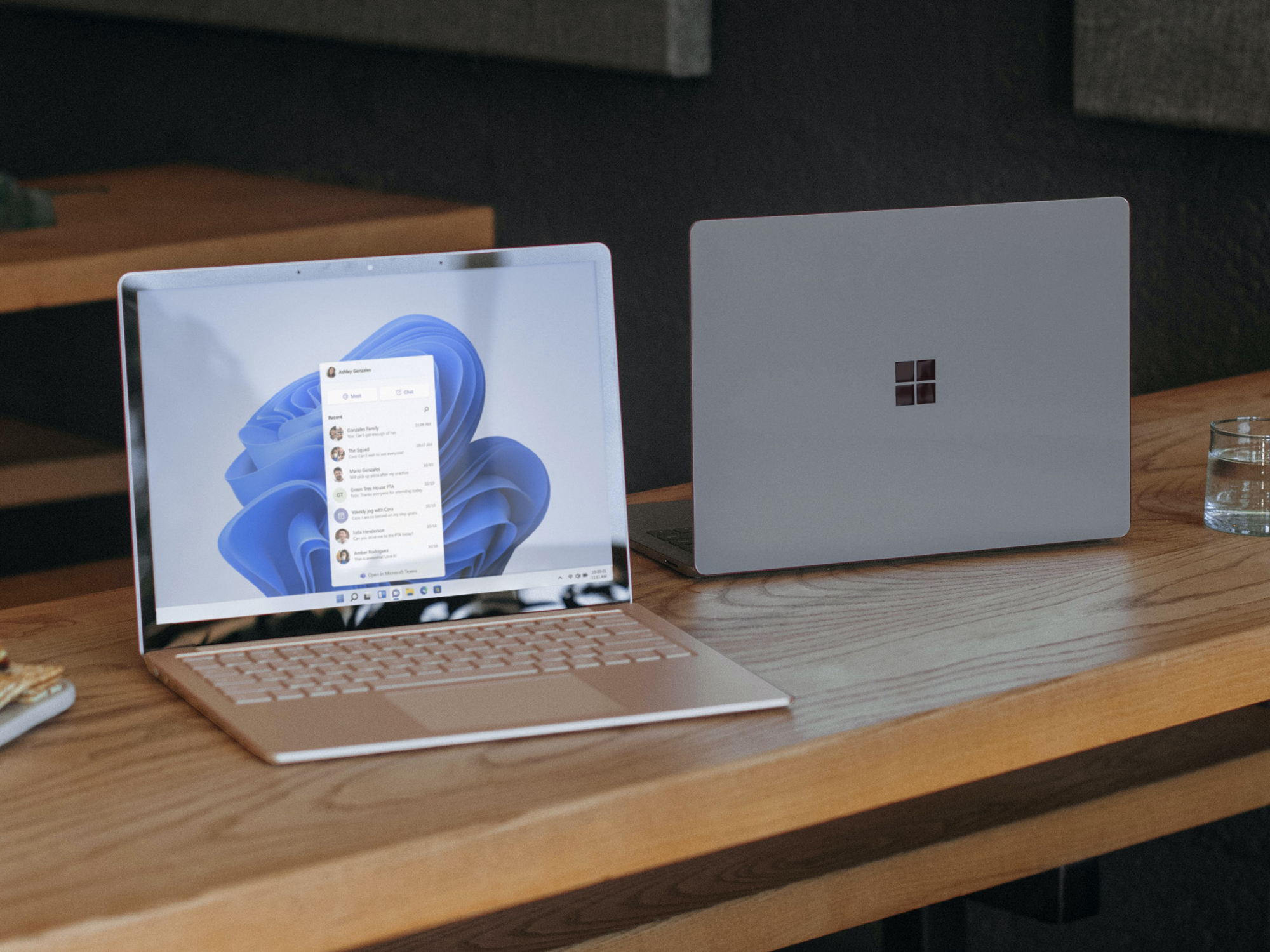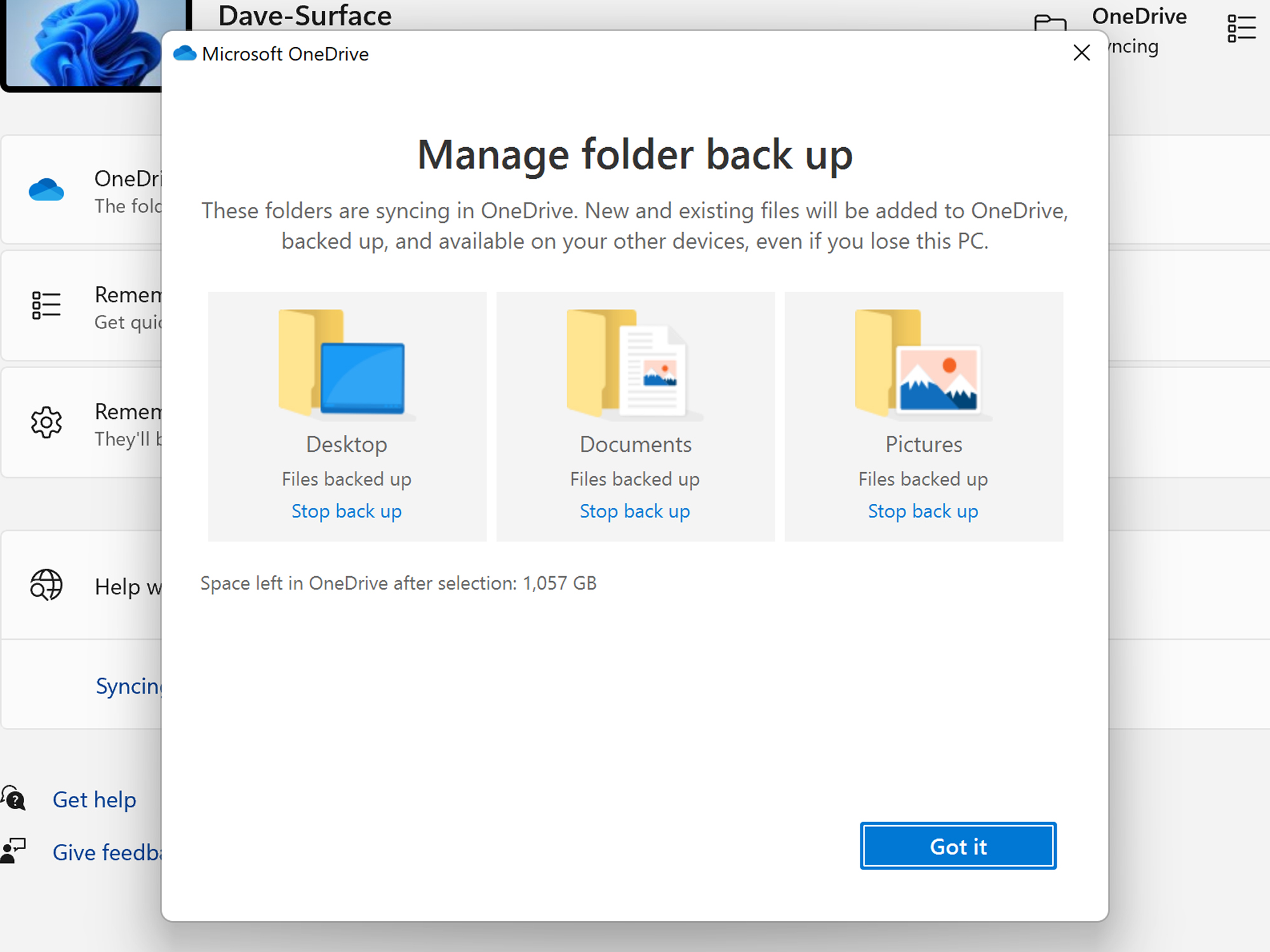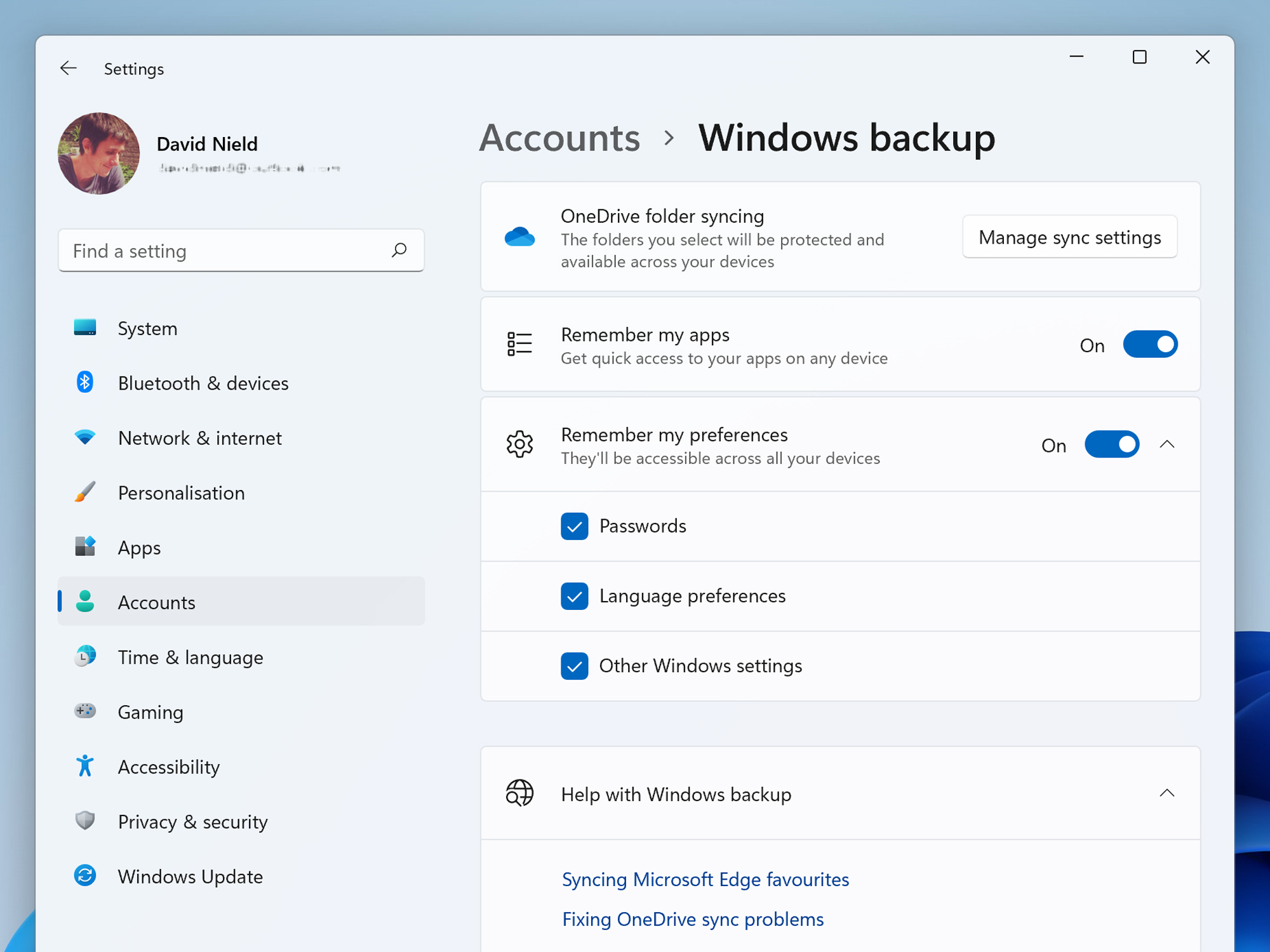

If you’ve got more than one PC running Windows 11, you’ll find these computers can talk to each other more easily than those with older versions of Microsoft’s operating system—you can sync files, settings, and apps for better workflow.
But as useful as this can be, you don’t necessarily want everything synced everywhere. Maybe you don’t want the Windows 11 laptop you use in your office set up in the same way as the Windows 11 desktop you’ve got at home.
Microsoft knows this, and has given users a variety of options for picking what gets synced and what doesn’t, all the way down to your browsing history. It won’t take you long to get everything configured to suit your needs.
Sign in with your Microsoft account
Your Microsoft account is the key to getting all of your Windows 11 computers on the same page. Your device will ask you to sign in with it when you set up Windows 11 for the first time, and when you subsequently sign in on any other devices that are also using Microsoft’s latest operating system, they will know who you are.
If you set up Windows 11 on a new computer with your Microsoft account and already have a laptop or desktop running the OS with the same account, the software will ask if you want to use the same settings, preferences, and apps on your new computer. Choose this “restore” option and you’ll get a few options for what to sync, such as which programs you’d like to install.
[Related: Microsoft is letting you ditch passwords. Here’s how.]
This can make setting up a new computer easier, but if you’re not sure you’re ready to transfer this data over right away, you can pick Set up as new device and access the same options once you’re in Windows itself. When the initial setup process has finished, you can go to the Windows 11 settings from the Start menu and pick Accounts, followed by Your Microsoft account to manage your current account or switch to a different one.
Sync files with OneDrive

OneDrive is the cloud storage and syncing software built right into Windows 11, and you can use it to get all your photos, videos, and other files synced across devices—though third-party solutions are also available. During the Windows 11 setup process, you’ll get the option to sync OneDrive files right away, or you can choose Only save files to this PC to keep the local storage disconnected from your OneDrive account.
If you opt to sync OneDrive files during the setup process or later on, files transferred from other Windows 11 PCs will be online-only: they’ll show up on your hard drive in File Explorer, but they won’t actually be there (they’ll have a blue cloud icon next to them). When you need to open one of these files, OneDrive will download it and store it on your computer. Any new files you create and save to the OneDrive folder will be stored locally on the computer you’re currently using, and appear as online-only on any other connected Windows 11 devices.
To store files or folders locally, right-click them in File Explorer and choose Always keep on this device. To change which other areas of your file system are synced to other Windows 11 computers besides the OneDrive folder (specifically the desktop, the Documents folder, and the Pictures folder), open Settings, then select Accounts, Windows backup, and Manage sync settings next to OneDrive folder syncing.
Set up Microsoft Edge’s sync settings
Many of us spend a lot of computing time inside a browser these days, and Microsoft Edge gives you numerous options for syncing data—such as browsing history and passwords—between devices. It’s the default browser that comes with Windows 11, though alternatives are available and come with their own sync settings. We’ll focus on Edge here, but most modern browsers have similar options.
In Edge, click the three dots on the toolbar (top right), then Settings and Profile. If you’ve already signed into your Microsoft account, it will show up here (and you can opt to sign out again); if not, you can choose to sign in. If you don’t want anything from this browser to sync with the browsers on your other Windows 11 machines, you can simply sign out.
[Related: 10 Microsoft Edge features that will convince you to give up your old browser]
To sync some data but not everything, sign into your Microsoft account and then click Sync. You’ll see toggle switches for everything that can and can’t be synced, including passwords, bookmarks, and even open tabs. Choose Turn off sync and nothing will be synchronized, but you will stay signed into your Microsoft account (which makes it easier to get into Microsoft websites like the Outlook email portal).
Check out the other Windows 11 sync options

We’ve covered a lot to this point, but we’re not quite finished in terms of syncing between Windows 11 devices. If you head to Settings, then pick Accounts and Windows backup as before, you can use the Remember my apps toggle switch to determine whether or not the apps you’ve installed from the Microsoft Store are automatically available on your current PC (and in the Library tab in the Microsoft Store portal).
Open the Remember my preferences panel and you’ll see three more things you can choose to sync or not sync: Passwords, Language preferences, and Other Windows settings (this includes stuff like your notification settings and the way that you’ve customized File Explorer). These options can be set independently.
Some syncing options available on Windows 10, including the ability to sync your desktop wallpaper among computers, have been dropped from Windows 11. However, it’s not too difficult to get multiple Windows 11 computers working well together, especially with the built-in options you get with OneDrive and Microsoft Edge.
